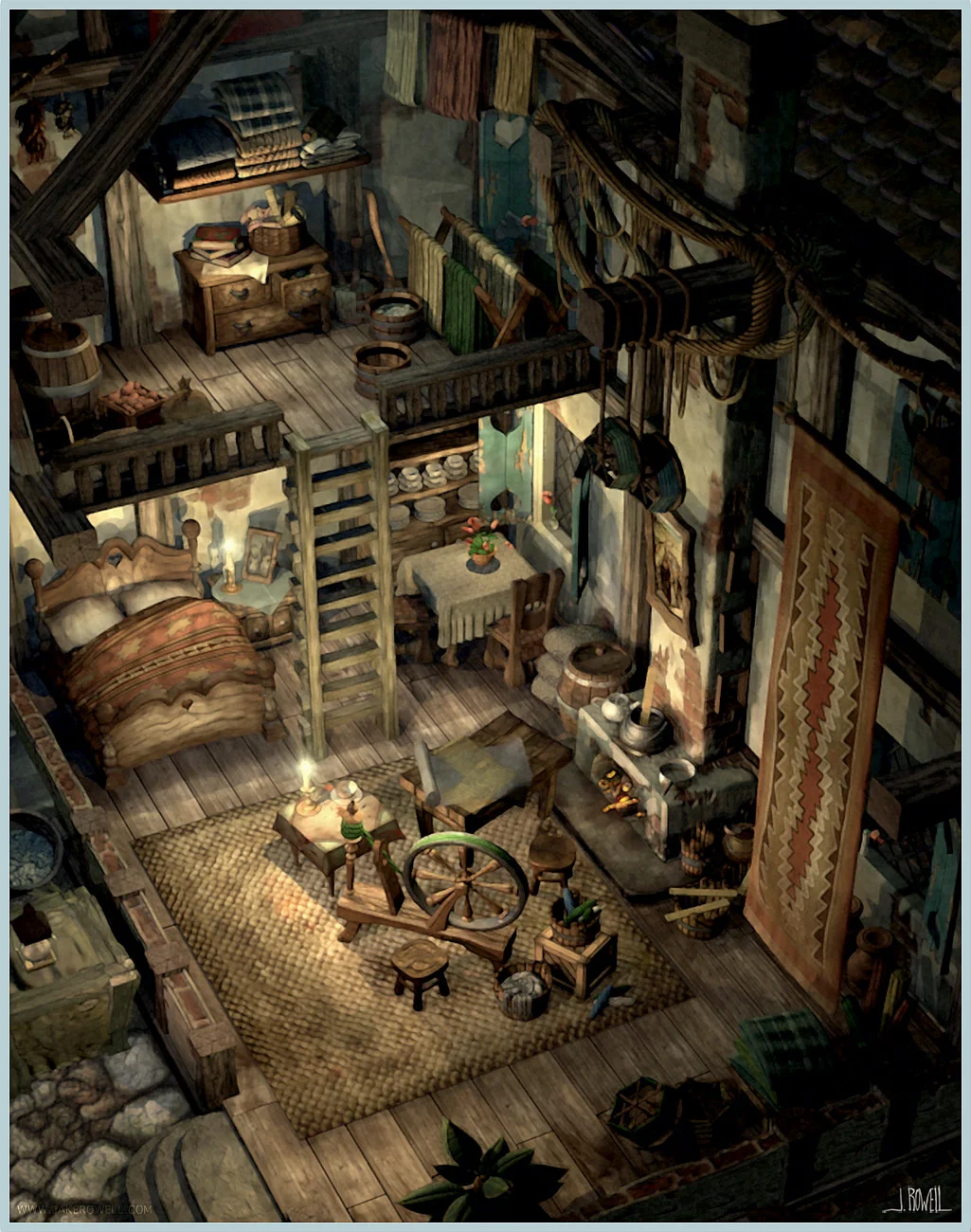Retrospective 1 - Final Fantasy IX
This article is the first in a series of games analyses where I dissect elements of my favourite games in order to understand why I like to play them. The ultimate goal is to use them to develop my own games down the road and to create a meaningful discussion around positive game experiences. If you have played these games before I encourage you to comment below with your thoughts. This week I chose:
Why?
Final Fantasy IX is a game that I revisit time and again for inspiration. I think it is arguably one of the most visually cohesive and stunning examples of world building in video games. It is the culmination of years of meticulous planning, trial and error and clinical execution that have seared this game fondly into my memory. It was, by design, intended to be the culmination of the previous eight titles in the series; while promising new and exciting experiences for players. In many ways it has achieved this, so after 13 years it's time to go back and look at what worked and what didn't.
“Final Fantasy IX... is based on a reflection of all the previous works in the series. The coming installment is my “favorite,” it’s closest to my ideal view of what Final Fantasy should be.”
Success through Limitation
As their primary objective, the environment team behind Final Fantasy IX was focused on creating a visually stunning and cohesive game world, rich with atmospheric lighting and a level of detail never seen before on the Playstation platform. This was not an easy task as the Playstation was entering its final year on the market, having debuted in 1994, and developers had found ways to maximize the graphical potential of their games by optimizing their software and workflow to take advantage of the Playstation's aging hardware.
Due to its limited processing power, the Playstation could not calculate advanced lighting effects in real time, so the environments in FFIX had to be pre-rendered (see below). Starting with a detailed concept sketch, a CGI artist then interprets the sketch into a 3d scene adding basic lighting and a texture pass. Afterwards the scene goes back to the art department where the artist, following the feeling of the initial concept sketch, paints over the rendered scene adding detail, correcting colours, and hand painting backgrounds to push the depth of the image. This final stage was completed adhering to the principles of fine arts and aesthetics, rather than taking it's lead from the rendering technology of a computer. The end result is a fantasy painting with enough real-world information to correctly map perspective and geometry.
After the composite image has been created the development team superimposes an invisible 3d collision map which serves as the ground the player moves on (see image above). By doing this the character appears to be seamlessly moving around the image. The end result was something players had never thought possible on the platform, a lush and painterly 3d space that the player could move around and interact with.
The process that emerged, influenced by the constraints of the hardware, created something greater than the sum of its parts. It gave me a sense of awe to gaze up at a city disappearing through the clouds as I let my mind fill in the gaps. There is a richness of subject matter and visual description that you don't see very often in games today. The sublime scale of this fantasy world was humbling.
As the Playstation entered its next console generation with the PS2, this creative process was sadly abandoned. The increased processing power and graphics capabilities of the new hardware freed the developers to create 3D worlds rendered in realtime on the system. Unfortunately with this increased freedom came a distinct lack of character and a push towards realism that I think was detrimental to the franchise. While the series arguably moved towards more successful game mechanics and options for the player, the character of the earlier games has never returned.
Final Fantasy IX CG/paint composite image
Final Fantasy XII full 3d
Meaningful Interaction
Final Fantasy IX was not perfect by any means. To say the beautifully hand-crafted environments were interactive is a bit of a stretch. Players were given little control over how they were able to interact with the world other than to talk to NPCs or open item chests. Many players today would not have the patience for this type of gameplay; which focuses more on visual presentation than player interaction. It would be worthwhile to re-examine how these environments could have game systems integrated into them to create a meaningful experience and increase player engagement.
I would often just stand in an environment letting my mind imagine what i could be doing, instead of doing it.
source: www.jakerowell.com
Conclusion
You aren’t going to see many levels like FF IX's Lindblum city in games today- the implications of scale and detail would be unfeasible to recreate as a fully rendered 3D environment without a huge team and development budget. Something important has been lost in the attempt to actualize these types of environments instead of using them as catalysts for our imagination.
As players we ask for more control, to be able to fully explore game worlds in meaningful ways. As designers we want to bring our vision to people that play our games as cohesively as possible. In order to create inspiring gameplay experiences we just need to be more thoughtful when it comes to how we present the world to our audience. Final Fantasy IX does an excellent job of illustrating how a small group of artists, a lot of planning and a thoughtful approach to workflow can yield memorable results.
Lindblum City






